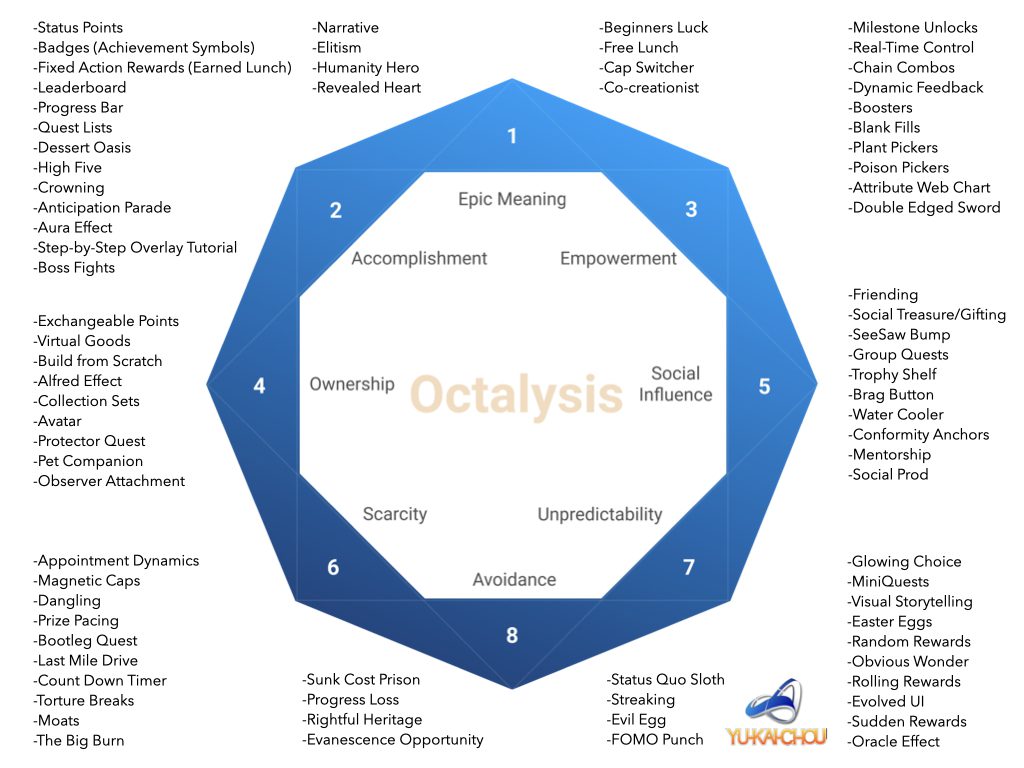Creating a game from scratch involves defining the game concept, choosing the right framework, picking the right tools, development, testing and debugging, and deployment. It is important to choose the right framework for the project by considering factors such as the game genre, development experience, platform support, licensing costs, and graphics capabilities. Frameworks include Unity, Unreal Engine, GameMaker Studio, and Construct. Design tools, programming languages, and audio and video editing software are also necessary. Testing methods such as smoke testing, regression testing, and load testing are important for ensuring the game is of high quality. Finally, the game can be deployed on various platforms such as PC, Mobile, and gaming consoles.
Creating a Game from Scratch: Choosing the Right Framework and Tools
Introduction
Creating a game from scratch can be a daunting task, but with the right framework and tools, it can be a very rewarding experience. In this article, we will go over the steps involved in creating a game from scratch and the importance of choosing the right framework and tools.
Step 1: Define the Game
The first step in creating a game from scratch is to define the game concept. This involves deciding on the genre, storyline, characters, game mechanics and other important elements that make up a game.
Once the game concept has been defined, it is important to create a game document that outlines all the details of the game. This document will serve as a guide throughout the development process.
Step 2: Choose the Framework
The framework is the foundation of the game and it is important to choose the right one for the project. There are many game engines and frameworks available such as Unity, Unreal Engine, GameMaker Studio, and Construct.
When choosing a framework, it is important to consider factors such as development experience, game genre, platform support, graphics capabilities, and licensing costs. Unity, for example, is a popular game engine that is suitable for creating 2D and 3D games, has a strong community support, and is available for free with an option to upgrade to a pro version. GameMaker Studio, on the other hand, is ideal for creating 2D games and has a user-friendly interface that can be used even by beginners.
Step 3: Choose the Right Tools
Once the framework has been chosen, the next step is to choose the right tools for the project. These include design tools, programming languages, and audio and video editing software.
Design tools such as Adobe Photoshop and Illustrator are ideal for creating game assets such as characters, backgrounds, and UI elements. Graphic design software like Canva is perfect for creating social media posts.
For programming, languages such as C++, C#, and JavaScript are commonly used in game development. It is important to choose a language that is compatible with the chosen framework.
Audio and video editing software such as Audacity and Adobe Premiere Pro are essential for creating sound effects and editing video files for use in the game.
Step 4: Start Development
Once the game concept, framework, and tools have been chosen, it is time to start development. This involves creating game assets such as characters, backgrounds, and sound effects.
Programming the game mechanics and creating the game levels and interfaces also form part of development. It is important to continually test the game throughout the development process to ensure that it is working as intended.
Step 5: Testing and Debugging
Testing and debugging the game is an essential part of the development process. This involves playing the game and identifying bugs, errors, and glitches that need to be fixed.
A variety of testing methods such as smoke testing, regression testing, and load testing can be used to ensure that the game is of high quality and meets the expectations of the players.
Step 6: Deployment
Once the game has been tested and debugged, it is time to deploy it. The game can be deployed on various platforms such as PC, Mobile, and gaming consoles. It is important to ensure that the game is compatible with the chosen platform and that it meets the guidelines and requirements for distribution.
Conclusion
Creating a game from scratch can be a challenging task, but with the right framework and tools, it can be a rewarding experience. Choosing the right framework and tools is essential for the success of the project. By following these steps, you can create a game that is engaging, fun, and enjoyable for players.
